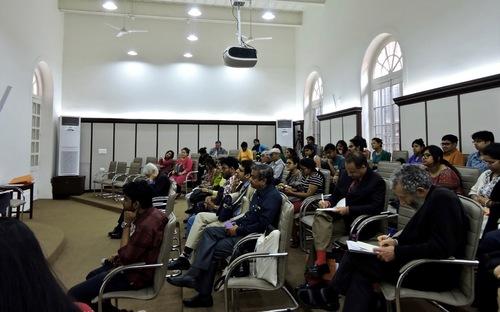Hours after Vester Flanagan murdered two of his colleagues on live television, Virginia police tracked him down on the interstate highway, after which Flanagan killed himself.
The police were aided by automatic license plate readers (LPR), cameras distributed at tolls, checkpoints, and intersections that check a vehicle’s plate number against a hot list of vehicles belonging to criminals. The technology has been helping police catch criminals and issue fines for the last 25 years, but in the era of big data, newer applications of the tool are starting to fall into question.
LPRs were first adopted in Britain in the 1990s to combat the terrorist campaigns of the Provisional Irish Republican Army. In 1998, the technology spread to the United States—first used by the U.S. Border Patrol. It has since been deployed by tens of thousands of police departments across the country.
A 2012 survey by the International Association of Chiefs of Police (IACP) found that 23 percent of police departments had an LPR system.
Apart from looking out for dangerous criminals on the loose, LPRs have been used to crack down on auto-theft, which anecdotal evidence suggests has been extremely effective. A study of police in Cincinnati found that units with LPRs had 250 percent more followup arrests than units without them, and in New York City, arrests for grand larceny auto rose 31 percent in the first quarter of 2011 from the same period in 2010, according to a RAND Corporation report.





